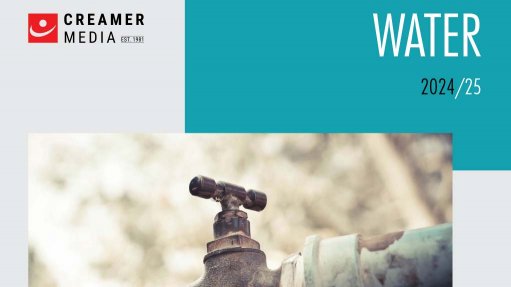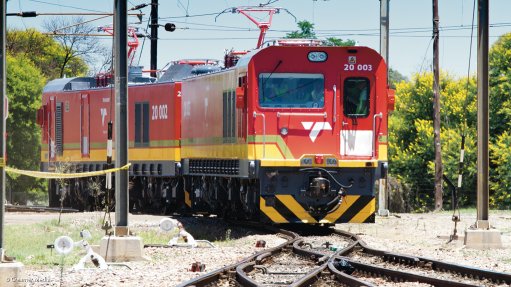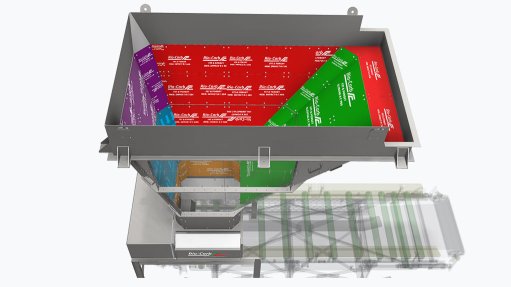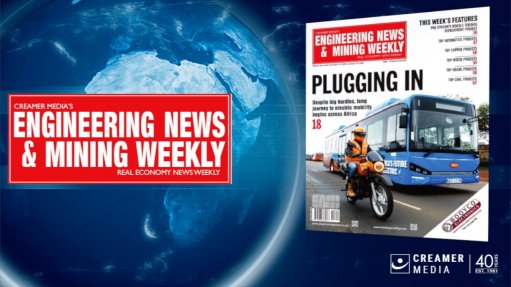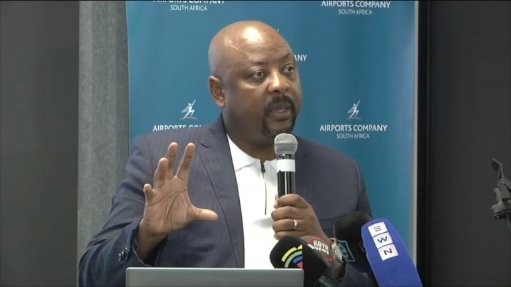South Africa still mulling design for sustainable automotive industry

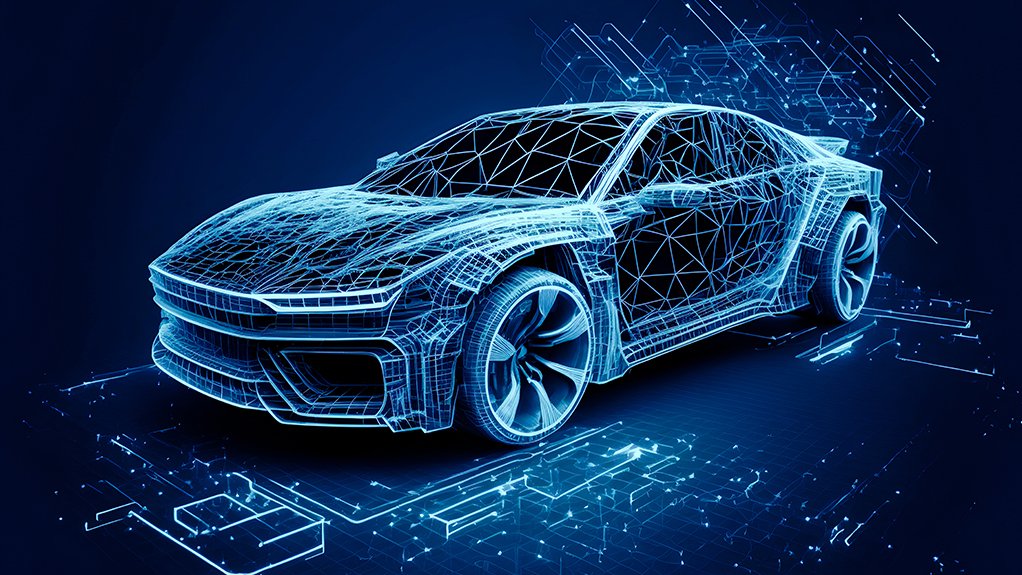
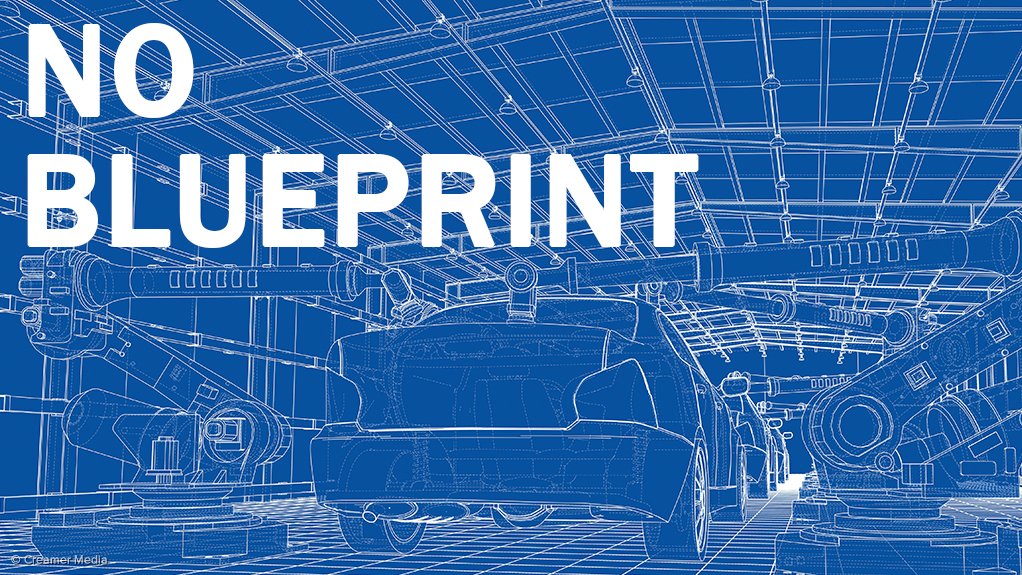
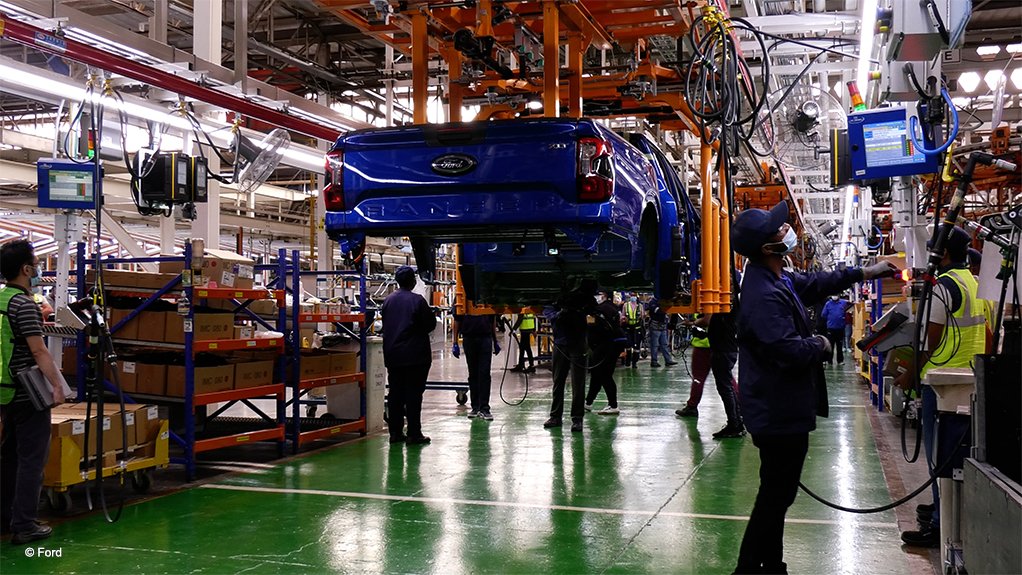
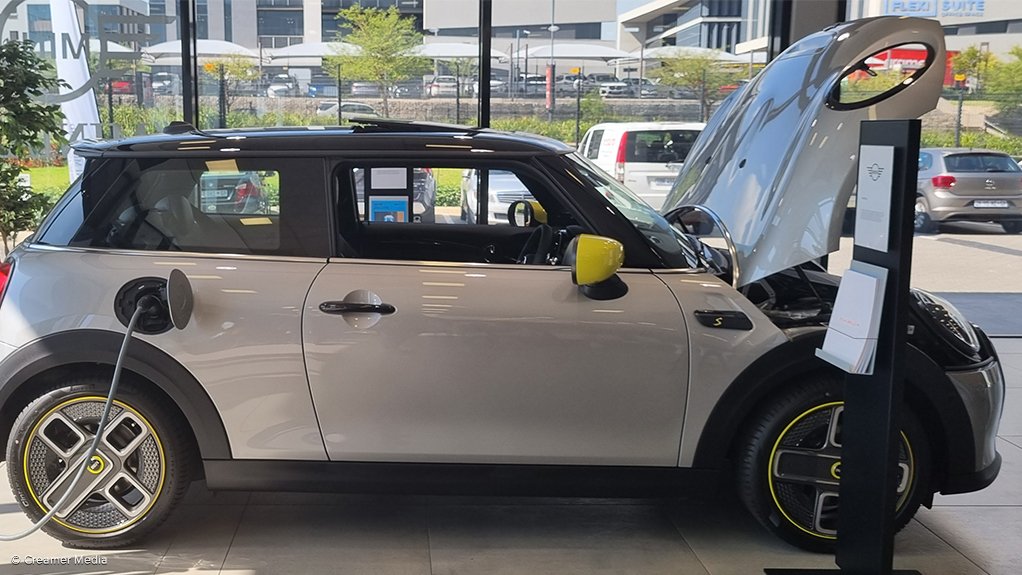
NO FINAL DESIGN: APDP viewed as good incentive for the production of NEVs but the real challenge lies in the marketplace
BUILDING BLOCKS The continued success of the country's automotive sector requires finding a balance to meet the sustained demand for ICE vehicles with the emerging demand for NEVs
BIG CHALLENGE South Africa faces real headwinds in relation to the transition to NEVs
Photo by Creamer Media's Marleny Arnoldi
South Africa’s automotive manufacturing sector is widely regarded as a success story; however, it must now bolster local demand and adapt its policies and initiatives amid a weak domestic growth outlook and the global, albeit uneven, shift towards new energy vehicles (NEVs).
Speaking during a recent Creamer Media webinar, Toyota Wessels Institute for Manufacturing Studies manufacturing ambassador Professor Justin Barnes indicated that South Africa faces real headwinds in relation to the transition to NEVs.
South Africa and Africa’s automotive markets are still dominated by internal combustion engine (ICE) vehicles, while the shift towards NEVs – which constitute a wide array of technologies – is occurring rapidly in the European Union and other developed markets.
NEV development is, therefore, moving along in other markets in which South Africa competes, but not its domestic market, as NEVs are still not price competitive with ICE vehicles without considerable subsidies, Barnes explained.
The country, thus, faced the conundrum of needing to meet export demand for NEVs while being unable to supply the domestic market, owing to affordability constraints.
The Automotive Production and Development Programme (APDP) in its current form is a particularly good incentive scheme for the production of NEVs and, therefore, the real challenge lies in the marketplace, Barnes argued.
The country’s automotive industry is export orientated, with the APDP incentivising firms through a rebate mechanism that is tied to a reduction in import duties. If the domestic market does not perform well, there is less of an incentive to export, he pointed out.
“Without the rebate model, we are not a globally competitive export producer. The key issue, therefore, is how do we stimulate demand for NEVs in South Africa, or how do we displace exports of present vehicles into the developed world markets that will still be consuming ICE vehicles?” Barnes questioned.
National Association of Automotive Component and Allied Manufacturers executive director Renai Moothilal reiterated Barnes’ sentiments about bolstering local demand and mentioned scope for provincial support structures to explore market-stimulation initiatives.
“We need to start thinking creatively – how do you support the roll-out of charging stations and the like. I think there’s sufficient impetus in supply-side support. What is missing in the South African context is [a clear plan for] reshaping the market. It is important from the way the incentive package works, and not just from a ‘can we sell vehicles’ perspective,” he outlined.
To meet the market demand for ICEs and NEVs, Barnes suggested that South Africa’s automotive industry’s opportunity lies in Africa and in creating regional value chains.
Only ten-million adults in South Africa can afford a new vehicle, and projections show that this is not set to increase, owing to the challenging economic climate.
However, there are opportunities on the continent, with several countries having developed a middle class and, therefore, South Africa should position itself as a hub for the region, he highlighted.
Barnes called for strategising an African automotive pact that will provide the biggest opportunity for growth in traditional vehicle production, but that will also support potential production in relation to NEVs.
“We will actually be facing major demand growth in . . . the traditional ICE . . . and NEV space, and a combination could be a huge advantage for us going forward,” he highlighted.
Coega Development Corporation senior business development manager Thandile Jack also reiterated Africa’s presenting a market opportunity for the country and added that the Middle East presents a new market in terms of NEVs.
Barnes explained that the country’s automotive manufacturing sector has a very strong foundation that has been established over generations, which ensures that it will be producing vehicles well into the future.
“The question is whether it produces those vehicles at the volume that we presently do, and whether we are going to be producing those volumes with the same, more or less local content,” Barnes emphasised.
He highlighted that it is not a trivial factor, as aspects such as increasing local content could potentially increase employment considerably and gross value added in the industry.
“The downside is that, if we get it wrong, the industry potentially goes to sleep over a period,” Barnes warned.
Policy Certainty
While the focus should first be on targeting domestic and regional markets, the speakers also underlined the importance of having the right policy environment.
Barnes said the country’s NEVs policy is in a “state of limbo”, given the complexity of this issue, but added that the clarity which the industry is keenly awaiting could become a reality at the end of this year or early next year.
Although government has been quite slow on developing an NEVs policy, the automotive industry is not going to wait for government certainty on NEVs, and is going ahead with big decisions, reiterated Automotive Industry Development Centre (AIDC) CEO Andile Africa, who added that there is increasing pressure and lobbying by original-equipment manufacturers (OEMs) for policy direction.
Moothilal pointed out that, from a components constituency perspective, the most important aspect is policy certainty, which, in turn, supports the introduction of these assembly lines in South Africa.
He also highlighted the importance of understanding the OEM demand and outlook, as well as how the country can be supported by other industrial applications as it aims to position itself for NEV components and technologies.
“There will be some structural changes in terms of what our base looks like, but the advantage that we have is that components manufacturers respond to OEM purchasing certainty and requirements. As and when the OEMs’ NEV platforms are announced, component manufacturers will respond to this, and they are already taking up the challenge.”
Zones of Opportunity
Jack highlighted that the Coega Special Economic Zone (SEZ), in the Eastern Cape, provides an ideal opportunity to capitalise on the transition to NEVs.
The Coega Development Corporation, which is at the hub of the province’s automotive industry, drives growth and innovation through the Coega SEZ and the Nelson Mandela Bay Logistics Park.
More than 9 000 ha of land is dedicated automotive areas, with bulk infrastructure already installed: “a plug-and-play for OEMs”, thereby engendering quick access to production.
Jack said Transnet is expanding the port in the region, and a rail line for automotive and manganese is being developed by the AIDC; therefore, logistics issues are being resolved.
The SEZ – which Jack described as a pioneering “one-stop shop” – allows for the leveraging of in-house capacity to advise and package submissions on behalf of the OEMs so that they can fully benefit from the various government incentives.
There are also plans to establish a supplier park in the SEZ.
“When you put all these elements together, this is the opportune time for the Coega SEZ to make our mark when it comes to the transition to NEVs,” Jack added.
The Tshwane Automotive SEZ, and the nearby Rosslyn Automotive Supplier Park, in Gauteng, can attract suppliers and OEMs that are NEV-specific, with plenty of space that can still be developed.
Africa also outlined that “the NEVs space represents a fantastic opportunity for us to leverage . . . the infrastructure that's already there. We need to ensure that we engage with the OEMs to make sure that when these developments happen, we are ready to accommodate them. We need to be in sync with the introduction of new models”.
As the country navigates the complex path towards NEVs, the industry must also embrace transformation, which it has been slow or reluctant to do, he said, adding that there are funds available for this, but they are not being used correctly.
Building the Skills Base
Africa also touched on the skills needed to support local NEV production, stating that, owing to ICE vehicles and NEVs sharing some common components, some of the assembly skills for hybrid vehicles already exist in the country.
However, certain components are unique, such as high-voltage harnesses, which would require upskilling.
The AIDC is in touch with a German company to explore a collaboration with them to introduce training courses to its automotive training centre in Rosslyn.
The AIDC manages the Rosslyn Automotive Supplier Park, an automotive hub, which currently houses 13 automotive component manufacturers, suppliers and OEM service providers.
Africa added that training is required to convert an ICE mechanic to an NEVs one.
“There is a lot of effort that we need to do now upfront to prepare ourselves for the eventual change in the market. Our focus should be on the assembly side, given that the majority of our production is for this; and the aftermarket will follow at a later stage.”
Skills sets are also required for the maintenance of the charging infrastructure, and the AIDC is engaging with the Manufacturing, Engineering and Related Services Sector Education and Training Authority to establish courses and qualifications that are unique to NEVs maintenance and charging infrastructure, he concluded.
Comments
Press Office
Announcements
What's On
Subscribe to improve your user experience...
Option 1 (equivalent of R125 a month):
Receive a weekly copy of Creamer Media's Engineering News & Mining Weekly magazine
(print copy for those in South Africa and e-magazine for those outside of South Africa)
Receive daily email newsletters
Access to full search results
Access archive of magazine back copies
Access to Projects in Progress
Access to ONE Research Report of your choice in PDF format
Option 2 (equivalent of R375 a month):
All benefits from Option 1
PLUS
Access to Creamer Media's Research Channel Africa for ALL Research Reports, in PDF format, on various industrial and mining sectors
including Electricity; Water; Energy Transition; Hydrogen; Roads, Rail and Ports; Coal; Gold; Platinum; Battery Metals; etc.
Already a subscriber?
Forgotten your password?
Receive weekly copy of Creamer Media's Engineering News & Mining Weekly magazine (print copy for those in South Africa and e-magazine for those outside of South Africa)
➕
Recieve daily email newsletters
➕
Access to full search results
➕
Access archive of magazine back copies
➕
Access to Projects in Progress
➕
Access to ONE Research Report of your choice in PDF format
RESEARCH CHANNEL AFRICA
R4500 (equivalent of R375 a month)
SUBSCRIBEAll benefits from Option 1
➕
Access to Creamer Media's Research Channel Africa for ALL Research Reports on various industrial and mining sectors, in PDF format, including on:
Electricity
➕
Water
➕
Energy Transition
➕
Hydrogen
➕
Roads, Rail and Ports
➕
Coal
➕
Gold
➕
Platinum
➕
Battery Metals
➕
etc.
Receive all benefits from Option 1 or Option 2 delivered to numerous people at your company
➕
Multiple User names and Passwords for simultaneous log-ins
➕
Intranet integration access to all in your organisation









